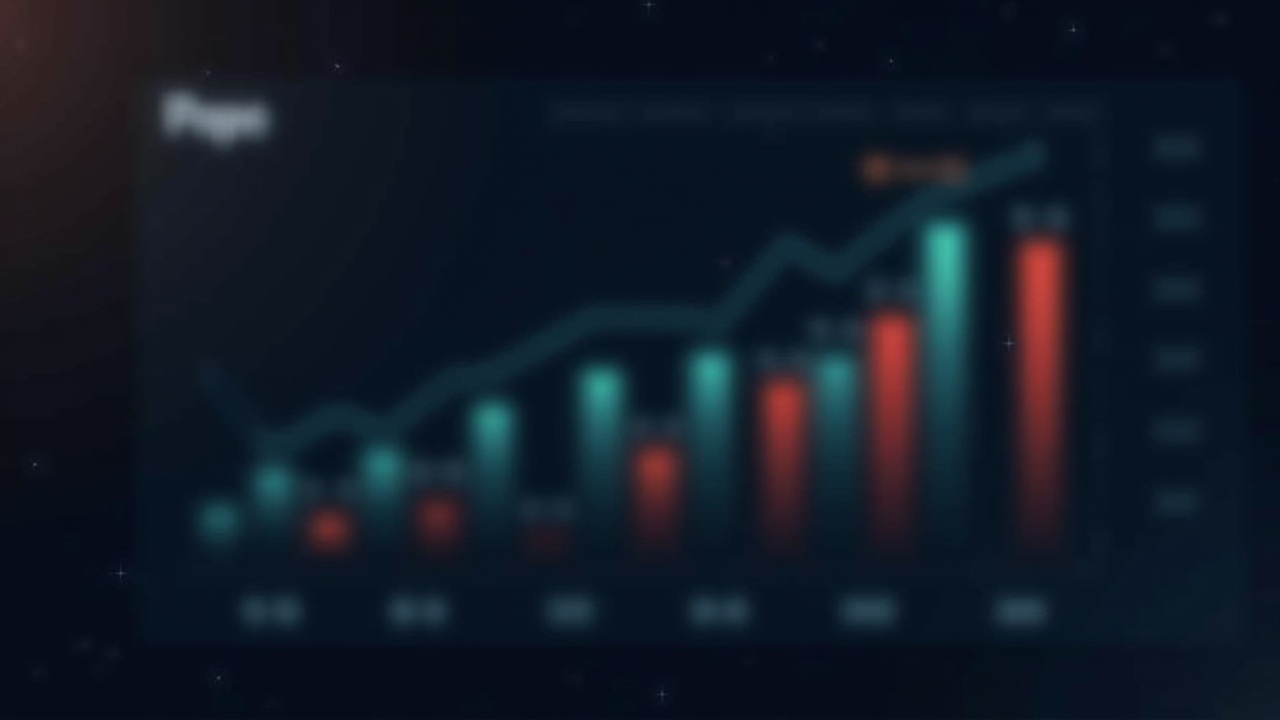On October 8, 2025, the meme coin PEPE experienced a sharp 7% price drop, highlighting the extreme volatility and flow-driven nature of its market. Despite a surge in trading volume to 2.29 trillion tokens, the price fell toward a key technical support level of $0.0000093. This pattern of high volume during a sell-off is a classic characteristic of the memecoin niche, underlining significant liquidity and execution risks for investors and traders.
Whales and Waning Momentum
The sell-off was not without underlying warning signs. On-chain data and technical analysis pointed to growing concerns in the preceding weeks. A significant red flag was the steady exit of so-called “smart money” and large whale wallets. Their holdings declined substantially, a move often considered a bearish signal as these investors tend to anticipate market shifts ahead of the general public.
From a chart perspective, PEPE’s price action had been forming a descending triangle pattern, a technical formation that typically suggests further downside risk. Momentum indicators also reflected this weakness, with the Relative Strength Index (RSI) lingering in a zone that signaled weak buying pressure. This combination of cautious whales and a deteriorating technical picture created a fragile foundation for the token’s price.
A Storm in the Broader Market
PEPE’s decline did not occur in isolation. It was part of a broader cooling in the cryptocurrency market on October 8th, which saw the total market capitalization fall by 2.2%. Major assets like Bitcoin (BTC) and Ethereum (ETH) also traded lower, indicating a market-wide pullback in risk appetite. Furthermore, the memecoin sector as a whole was down around 4.3%, showing that PEPE was underperforming even within its own high-risk category.
This context is crucial, as it suggests PEPE’s drop was amplified by a general, if minor, market correction. The “greed” reading in market sentiment also dipped slightly, showing investors were becoming more cautious.

Navigating a Critical Junction
For product builders and compliance teams, the current environment demands close attention to on-chain flows and liquidity depth. The convergence of whale selling, a bearish technical pattern, and a jittery broader market places PEPE at a critical juncture.
The immediate future hinges on whether the token can hold its current support zone. A failure of this support could trigger a steeper decline. Conversely, if buyers manage to defend this level and push the price above key resistance, a rebound could be possible, though the current evidence points to elevated risks. In such a flow-driven market, monitoring the behavior of large wallets will be a key indicator for managing liquidity and execution risk in the coming sessions.


